Home>Technology>Smart Home Devices>What Type Of Ink Does My Printer Use
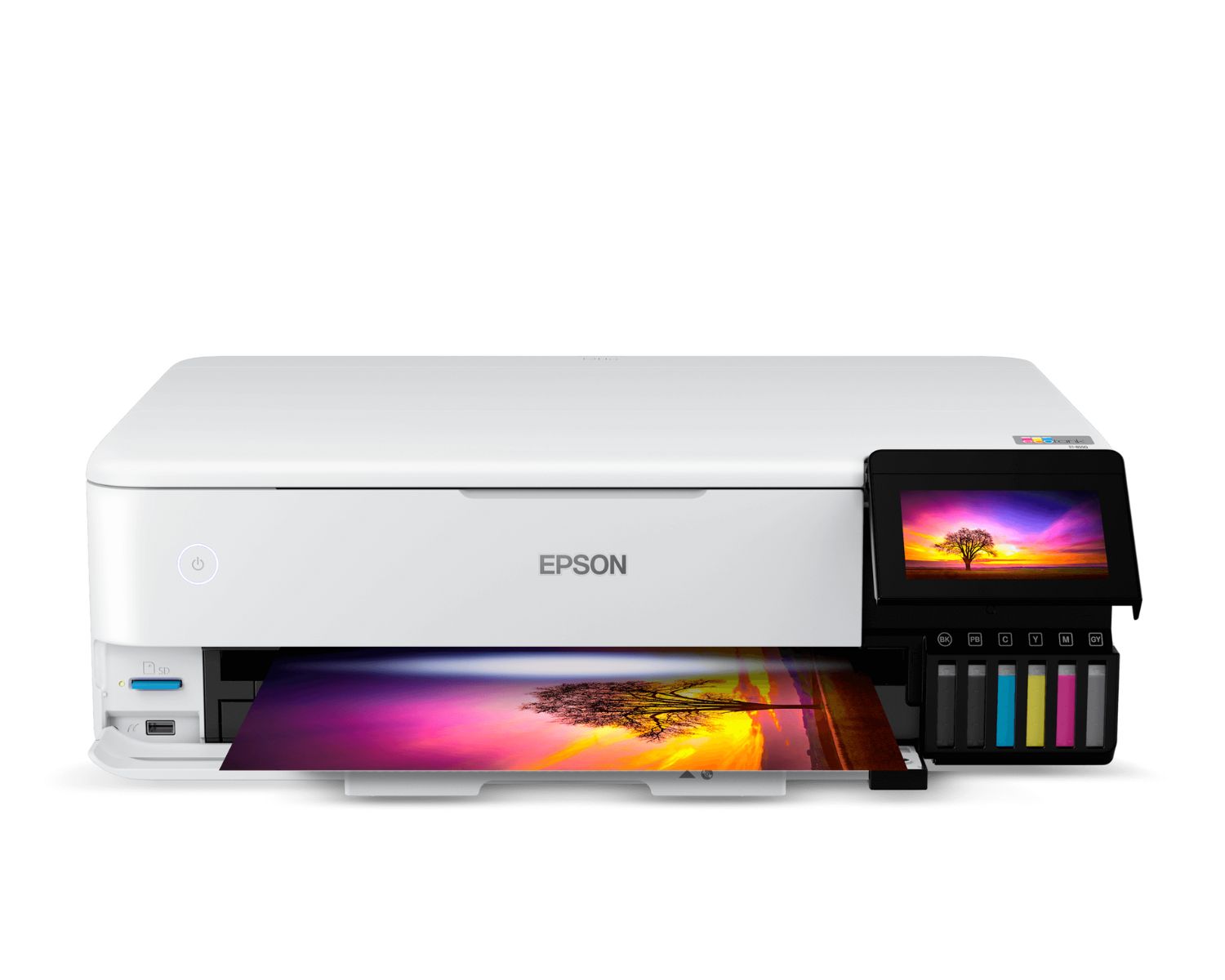

Smart Home Devices
What Type Of Ink Does My Printer Use
Modified: August 28, 2024
Discover the right ink for your printer with our comprehensive guide. Find out which ink cartridges are compatible with your smart home devices. Simplify your printing needs today!
(Many of the links in this article redirect to a specific reviewed product. Your purchase of these products through affiliate links helps to generate commission for Storables.com, at no extra cost. Learn more)
Introduction
In the realm of modern technology, printers have become an indispensable tool for both personal and professional use. Whether it's printing documents, photographs, or other materials, having the right type of ink is crucial for achieving high-quality results. Understanding the various types of printer inks and their specific applications is essential for optimizing the printing process.
Printers utilize different types of inks, each tailored to meet specific printing needs. The most common types of printer inks include inkjet, laser, solid ink, and dye-sublimation inks. Each type offers distinct advantages and is compatible with specific printer models, making it essential to choose the right ink for your printing requirements.
In this comprehensive guide, we will delve into the intricacies of each type of printer ink, shedding light on their unique characteristics, applications, and compatibility with different printer technologies. By the end of this journey, you will have gained valuable insights into the world of printer inks, empowering you to make informed decisions when selecting the most suitable ink for your printing endeavors. Let's embark on this illuminating exploration of printer inks and unravel the mysteries behind their diverse functionalities.
Key Takeaways:
- Printer inks come in different types like inkjet, laser, solid ink, and dye-sublimation, each with unique benefits for specific printing needs. Understanding these inks helps achieve optimal printing results for photos, documents, and more.
- Inkjet printers are versatile for high-quality prints, while laser printers are efficient for fast, cost-effective printing. Solid ink printers offer vibrant colors with reduced waste, and dye-sublimation printers excel in producing long-lasting, detailed prints.
Read more: What HP Printer Uses 63 Ink
Types of Printer Inks
Printer inks are available in various formulations, each designed to cater to specific printing technologies and applications. Understanding the unique properties and capabilities of each type of ink is crucial for achieving optimal printing results. Let’s explore the four primary types of printer inks:
- Inkjet Inks: Inkjet printers utilize liquid ink, which is ejected onto the printing surface in tiny droplets. Inkjet inks are available in dye-based and pigment-based formulations. Dye-based inks are ideal for vibrant color reproduction and are commonly used for photo printing. On the other hand, pigment-based inks offer superior durability and are well-suited for producing long-lasting documents and images.
- Laser Toner: Unlike inkjet printers, laser printers use toner cartridges, which contain a fine powder composed of plastic particles and coloring agents. When the toner is heated, it fuses onto the paper to create the desired print. Laser toner is renowned for its fast printing speeds and high-volume capabilities, making it a popular choice for office environments and businesses with extensive printing needs.
- Solid Ink: Solid ink printers employ solid ink sticks that are melted and applied to the printing surface. Solid ink technology offers several advantages, including vibrant color output, reduced waste, and environmentally friendly characteristics. These printers are well-suited for producing high-quality color prints with a smooth finish.
- Dye-Sublimation Inks: Dye-sublimation printers utilize a unique ink transfer process where solid dye particles are transformed into a gas and then permeate the printing medium, resulting in vivid, continuous-tone images. This printing method is commonly used for producing high-quality photographs, banners, and other materials requiring exceptional color accuracy and detail.
Each type of printer ink offers distinct advantages and is tailored to specific printing requirements. By understanding the characteristics and applications of these inks, you can make informed decisions when selecting the most suitable ink for your printing needs. Now, let’s delve deeper into the unique features and functionalities of inkjet inks, laser toner, solid ink, and dye-sublimation inks to gain a comprehensive understanding of their capabilities and potential applications.
Inkjet Printers
Inkjet printers are renowned for their versatility and ability to produce high-quality prints, making them a popular choice for both home and office use. These printers utilize inkjet inks, which are available in two primary formulations: dye-based and pigment-based inks.
Dye-Based Inks: Dye-based inks are formulated using colorants dissolved in a liquid base. These inks are well-suited for producing vibrant and vivid colors, making them ideal for photo printing and graphics-heavy documents. The dye-based ink’s ability to seamlessly blend colors results in stunning photo reproductions with rich color depth and detail.
Pigment-Based Inks: Pigment-based inks contain microscopic solid particles suspended in a liquid carrier. These inks offer superior durability and resistance to fading, making them an excellent choice for producing long-lasting documents and images. Pigment-based inks are known for their exceptional color accuracy and are particularly suitable for printing text and graphics that require longevity and water resistance.
Inkjet printers are capable of producing high-resolution prints with smooth color transitions, making them an ideal choice for photo enthusiasts, graphic designers, and businesses requiring high-quality visual output. The versatility of inkjet printers extends to their ability to print on various media types, including glossy photo paper, matte paper, and specialty media such as canvas and transparencies.
Furthermore, the compact size and affordability of inkjet printers make them a practical choice for home users and small businesses. With the advent of wireless connectivity and mobile printing capabilities, inkjet printers have become even more convenient and accessible, allowing users to print from their smartphones, tablets, and laptops with ease.
By harnessing the power of inkjet technology and selecting the appropriate ink formulation based on the intended printing application, users can achieve outstanding results with vibrant colors, sharp details, and impressive longevity. The evolution of inkjet printing continues to drive innovation in the realm of visual communication, empowering individuals and businesses to bring their ideas to life with stunning printed materials.
Laser Printers
Laser printers are renowned for their exceptional speed, high-volume capabilities, and cost-effective printing solutions, making them a preferred choice for office environments and businesses with demanding printing needs. Unlike inkjet printers, laser printers utilize toner cartridges, which contain a fine powder composed of plastic particles and coloring agents.
The laser printing process involves a series of precise steps to produce high-quality prints. When a print job is initiated, the laser printer creates a static electricity charge on a rotating drum. This charge attracts the toner particles, which are then transferred onto the paper and fused using heat, resulting in the final printed output.
One of the key advantages of laser printers is their remarkable speed and efficiency. These printers are capable of producing a large volume of prints in a relatively short time, making them an ideal choice for busy office environments where productivity is paramount. Additionally, laser printers are known for their crisp and sharp text output, making them well-suited for documents, reports, and other text-heavy materials.
Furthermore, laser printers offer cost-effective printing solutions, particularly for black-and-white documents. The cost per page for monochrome prints is generally lower than that of inkjet printers, making laser printing an economical choice for businesses with extensive document printing requirements.
With the advancement of laser printing technology, modern laser printers are equipped with features such as duplex printing, network connectivity, and advanced paper handling options, further enhancing their efficiency and versatility in meeting diverse printing needs.
Moreover, laser printers are capable of producing high-resolution graphics and images, making them suitable for a wide range of printing applications, including marketing materials, brochures, and presentations. The ability to achieve sharp and detailed prints, coupled with the printer’s fast output, positions laser printers as a valuable asset for businesses seeking professional-quality printed materials.
By harnessing the power of laser printing technology, businesses can streamline their printing processes, increase productivity, and achieve cost-effective solutions for their document and image printing requirements. The evolution of laser printing continues to drive innovation in the realm of commercial printing, offering businesses the tools they need to deliver impactful visual communication materials with speed and precision.
Check your printer’s manual or the manufacturer’s website to find out the specific type of ink your printer uses. Using the wrong ink can damage your printer and affect print quality.
Solid Ink Printers
Solid ink printers represent a unique and environmentally friendly printing technology that utilizes solid ink sticks rather than traditional liquid ink or toner. Developed to offer vibrant color output, reduced waste, and exceptional print quality, solid ink printers have gained recognition for their innovative approach to printing.
The solid ink printing process involves melting solid ink sticks to create a liquid form, which is then applied to the printing surface. This method results in prints with smooth color transitions and a glossy finish, making solid ink printers an ideal choice for producing high-quality color prints with remarkable visual impact.
One of the key advantages of solid ink technology is its ability to deliver vibrant and consistent colors, surpassing the color accuracy achieved by many traditional printing methods. This makes solid ink printers a preferred choice for businesses and creative professionals seeking to produce captivating marketing materials, brochures, and graphic-rich documents.
Moreover, solid ink printers are designed to minimize environmental impact. The solid ink sticks used in these printers generate less waste compared to traditional ink and toner cartridges, contributing to a more sustainable and eco-friendly printing solution. Additionally, the absence of cartridges and packaging materials associated with traditional ink supplies further reduces the environmental footprint of solid ink printing.
Furthermore, solid ink technology offers cost-effective color printing solutions. With the ability to produce vibrant color prints at a competitive cost per page, solid ink printers provide businesses with an economical approach to high-quality color printing, making them an attractive option for organizations seeking impactful visual communication materials without compromising on budget.
As the demand for environmentally conscious printing solutions continues to grow, solid ink printers have emerged as a compelling choice for businesses and individuals looking to minimize their ecological impact while achieving exceptional print quality. The fusion of vibrant color output, reduced waste, and cost-effective printing solutions positions solid ink printers as a formidable contender in the realm of color printing technology.
Read more: What Is In Printer Ink
Dye-Sublimation Printers
Dye-sublimation printers are revered for their ability to produce high-quality, continuous-tone prints with exceptional color accuracy and detail. This advanced printing technology utilizes a unique ink transfer process, where solid dye particles are transformed into a gas and then permeate the printing medium, resulting in vivid and long-lasting prints.
One of the key advantages of dye-sublimation printing is its ability to achieve continuous-tone prints with smooth color transitions, making it an ideal choice for producing photographs, banners, and other materials requiring stunning color reproduction and detail. The prints generated by dye-sublimation printers exhibit remarkable clarity and depth, capturing the intricacies of the original images with unparalleled precision.
Moreover, dye-sublimation printers offer exceptional color accuracy, ensuring that the printed output faithfully reproduces the original colors and tones of the source material. This level of color precision makes dye-sublimation printing well-suited for applications where color fidelity is paramount, such as professional photography, graphic design, and commercial printing.
Additionally, dye-sublimation prints are known for their durability and resistance to fading, ensuring that the final output maintains its vividness and integrity over time. This longevity makes dye-sublimation printing an excellent choice for producing archival-quality photographs and visual materials intended for long-term display or preservation.
Furthermore, dye-sublimation technology enables the printing of full-bleed images, allowing the printed content to extend to the edges of the media without borders or margins. This capability enhances the visual impact of the printed materials, making dye-sublimation printers a preferred choice for creating impactful signage, displays, and promotional materials.
As the demand for high-quality, long-lasting prints continues to rise, dye-sublimation printers have established themselves as a valuable asset for professional photographers, graphic artists, and businesses seeking to deliver captivating visual communication materials with uncompromising color accuracy and detail. The fusion of continuous-tone printing, exceptional color fidelity, and enduring print quality positions dye-sublimation printers as a formidable contender in the realm of advanced printing technology.
Conclusion
As we conclude our exploration of printer inks and their respective technologies, it becomes evident that the world of printing is rich with diverse options, each offering unique advantages and capabilities. From inkjet printers with their versatile color reproduction to laser printers known for their speed and efficiency, and from solid ink printers providing vibrant color output to dye-sublimation printers delivering exceptional color accuracy, the realm of printing technology continues to evolve, offering innovative solutions for a wide range of printing needs.
It is essential for individuals and businesses to consider their specific printing requirements when selecting the most suitable printer and ink technology. Whether the goal is to produce vibrant photographs, professional marketing materials, or long-lasting documents, understanding the nuances of inkjet, laser, solid ink, and dye-sublimation technologies empowers users to make informed decisions that align with their printing objectives.
Furthermore, as environmental consciousness and cost-effectiveness play significant roles in the selection of printing solutions, the eco-friendly characteristics of solid ink technology and the cost-effective color printing capabilities of dye-sublimation printers offer compelling alternatives for those seeking sustainable and economical printing options.
As technology continues to advance, the printing landscape will undoubtedly witness further innovations, driving the evolution of ink formulations and printing methods. This ongoing progress will continue to enhance the quality, efficiency, and sustainability of printing technologies, further expanding the possibilities for individuals and businesses to bring their ideas to life through captivating printed materials.
In the ever-changing world of printing, the fusion of creativity, technology, and functionality paves the way for a future where high-quality printing is not only accessible but also environmentally conscious and cost-effective. By staying informed about the latest advancements and embracing the diverse capabilities of printer inks, individuals and businesses can embark on a journey of visual communication with confidence, knowing that the right printing technology is at their fingertips to transform their ideas into vibrant, impactful reality.
Frequently Asked Questions about What Type Of Ink Does My Printer Use
Was this page helpful?
At Storables.com, we guarantee accurate and reliable information. Our content, validated by Expert Board Contributors, is crafted following stringent Editorial Policies. We're committed to providing you with well-researched, expert-backed insights for all your informational needs.
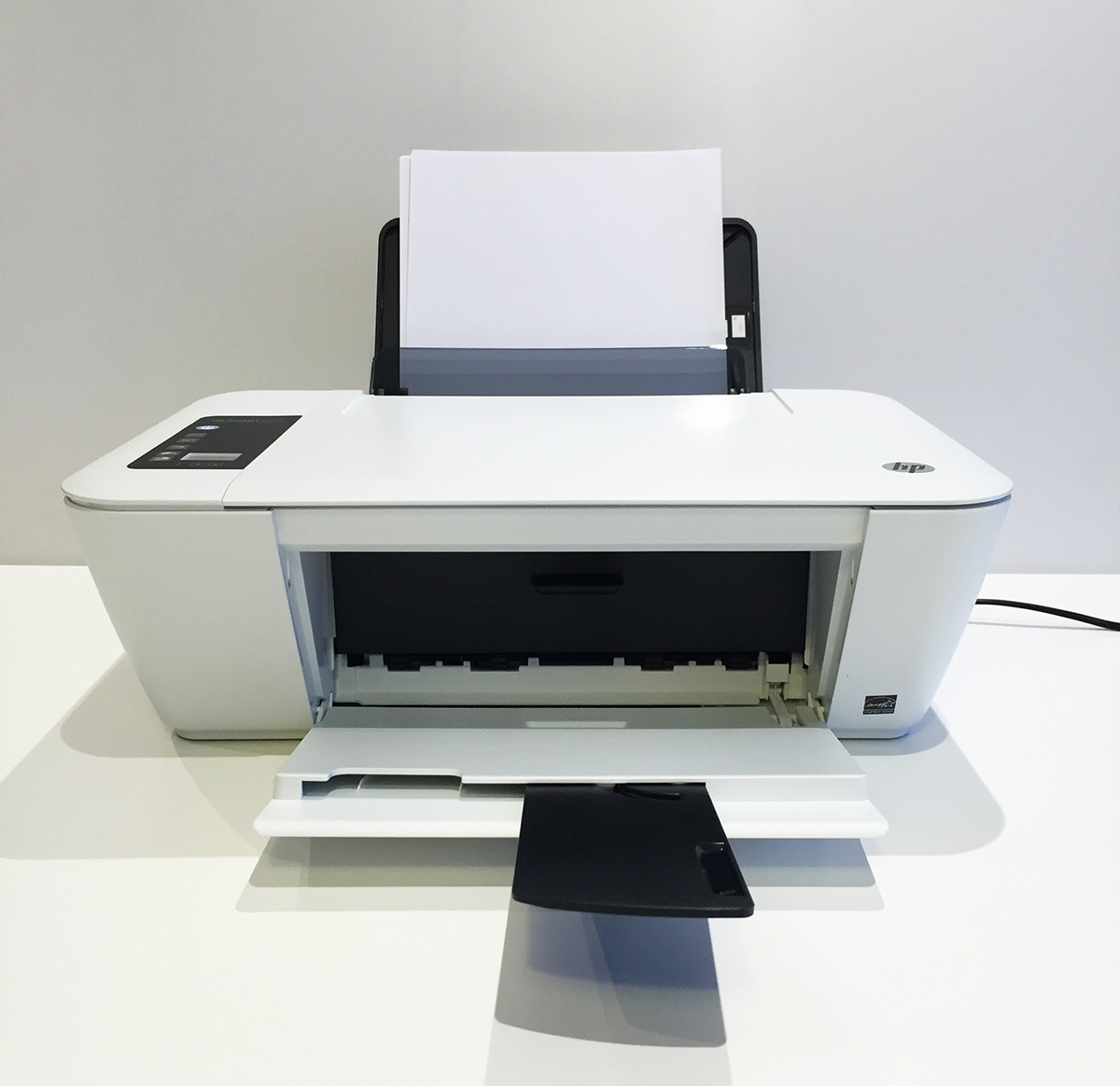
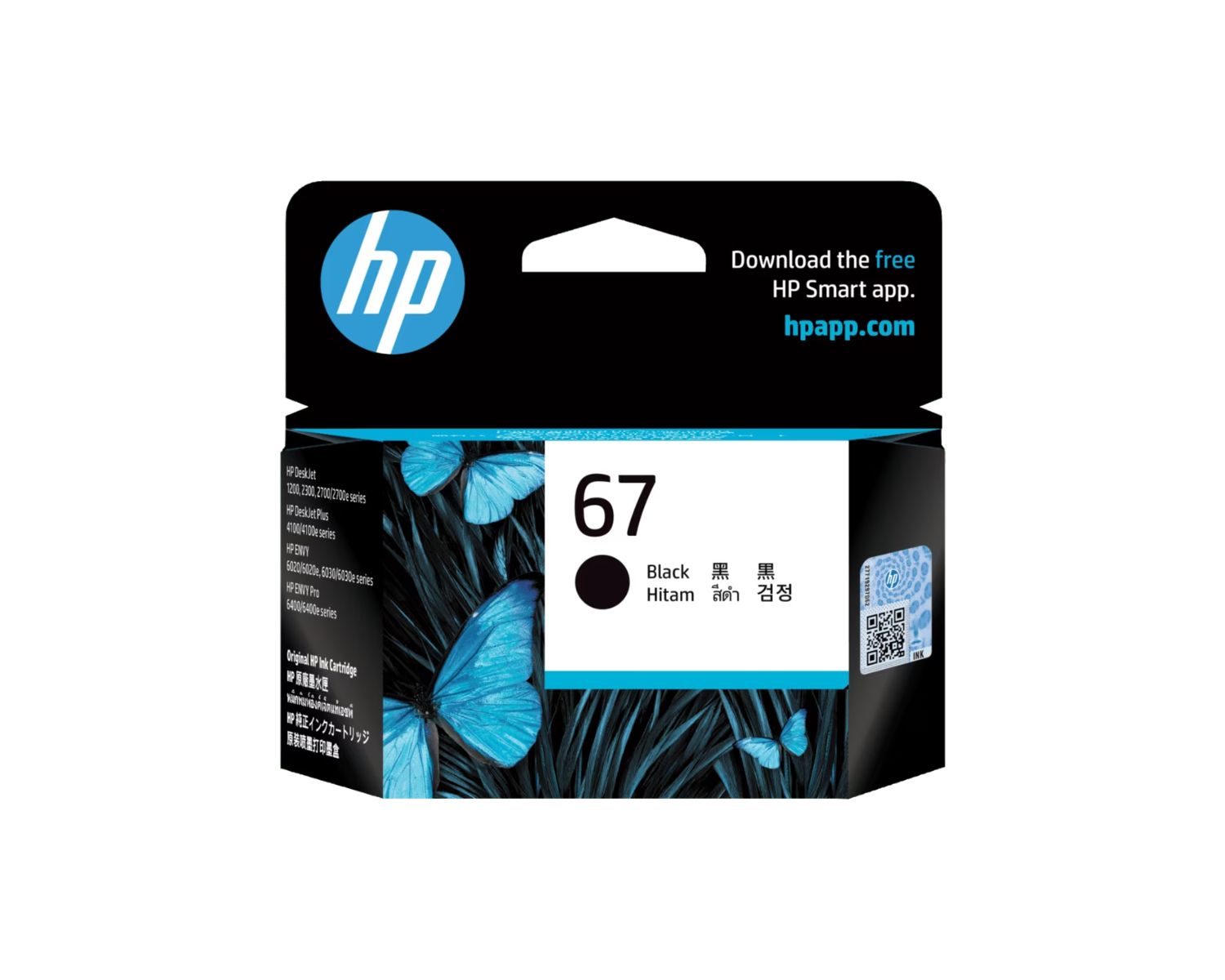
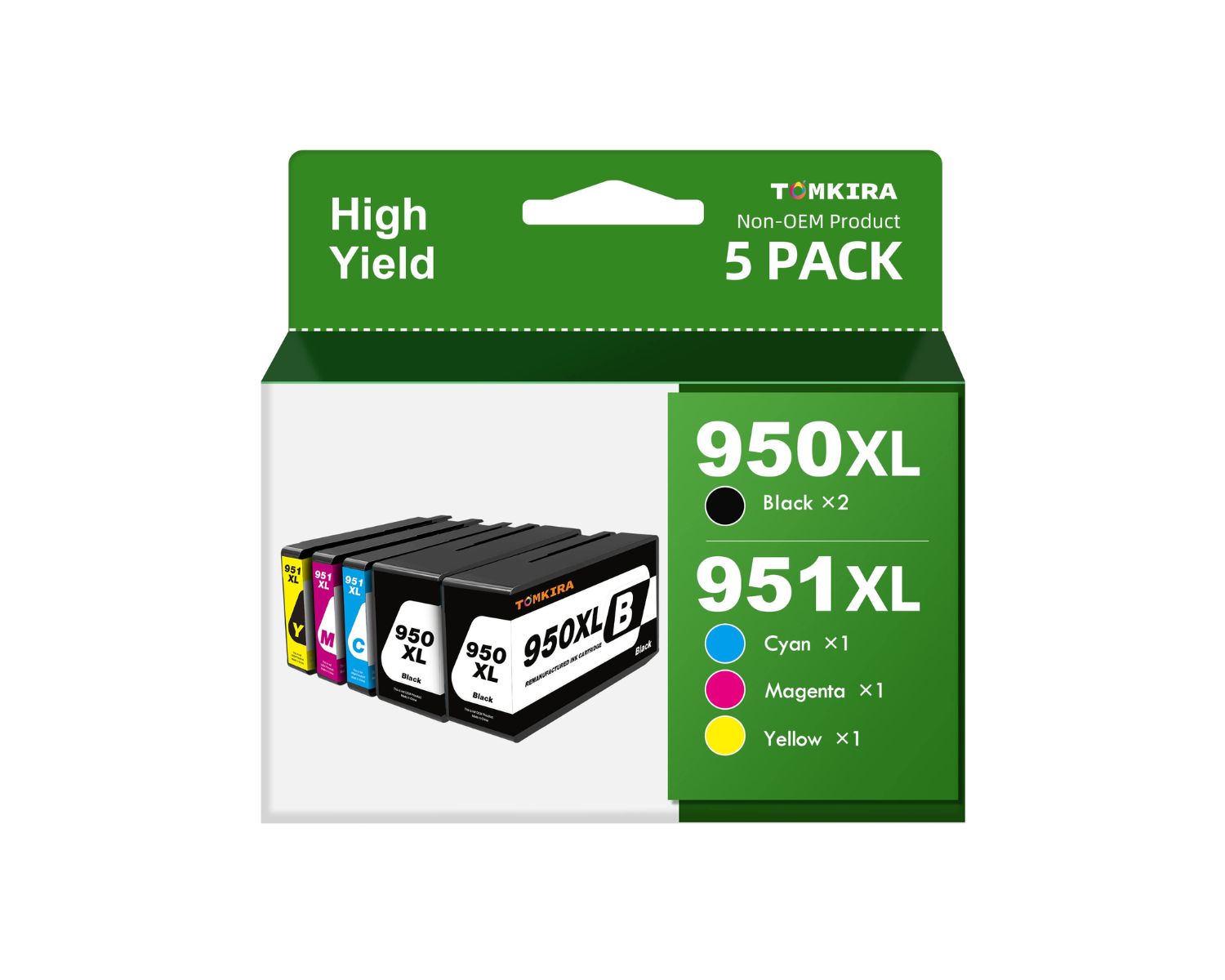

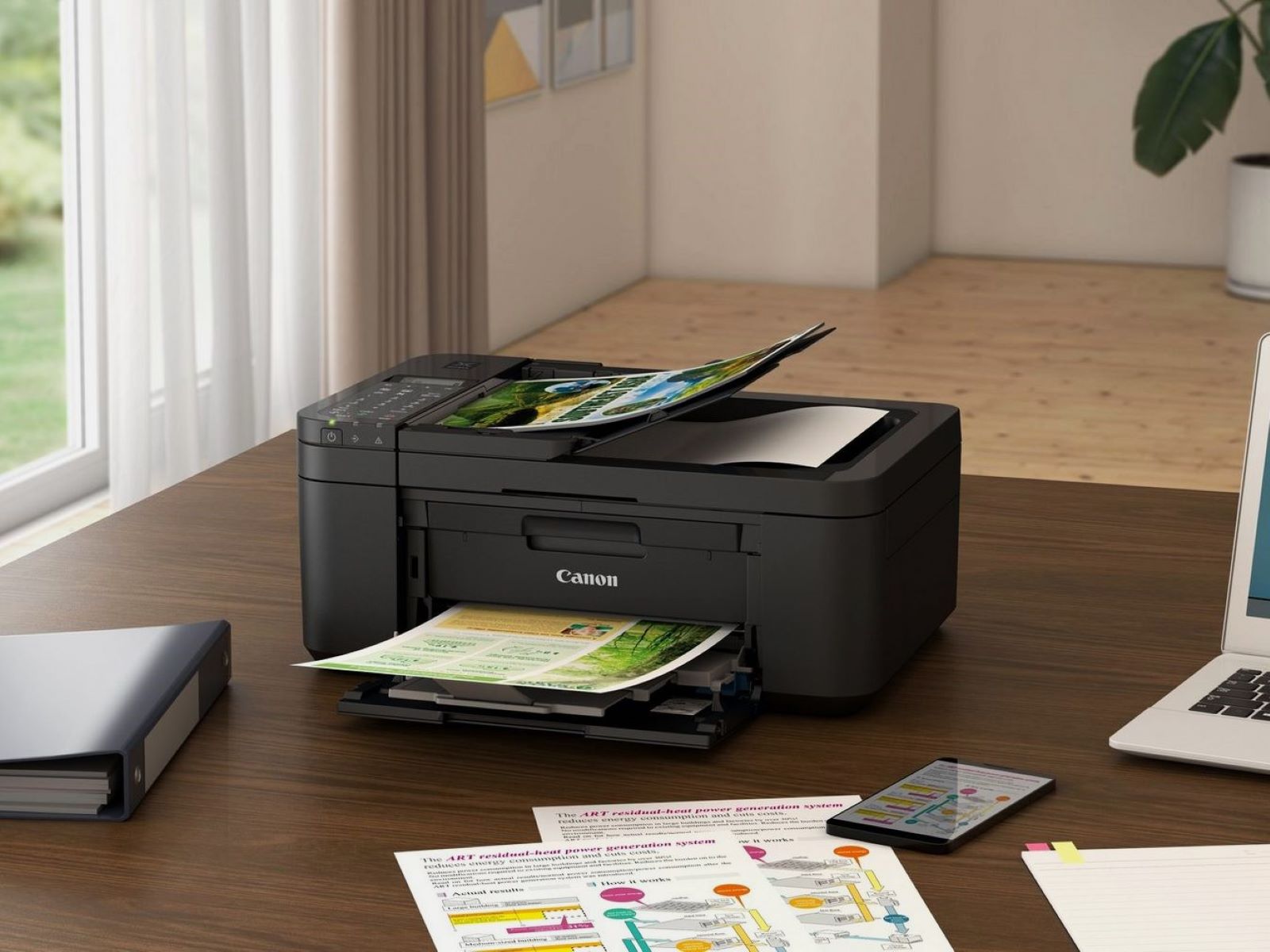
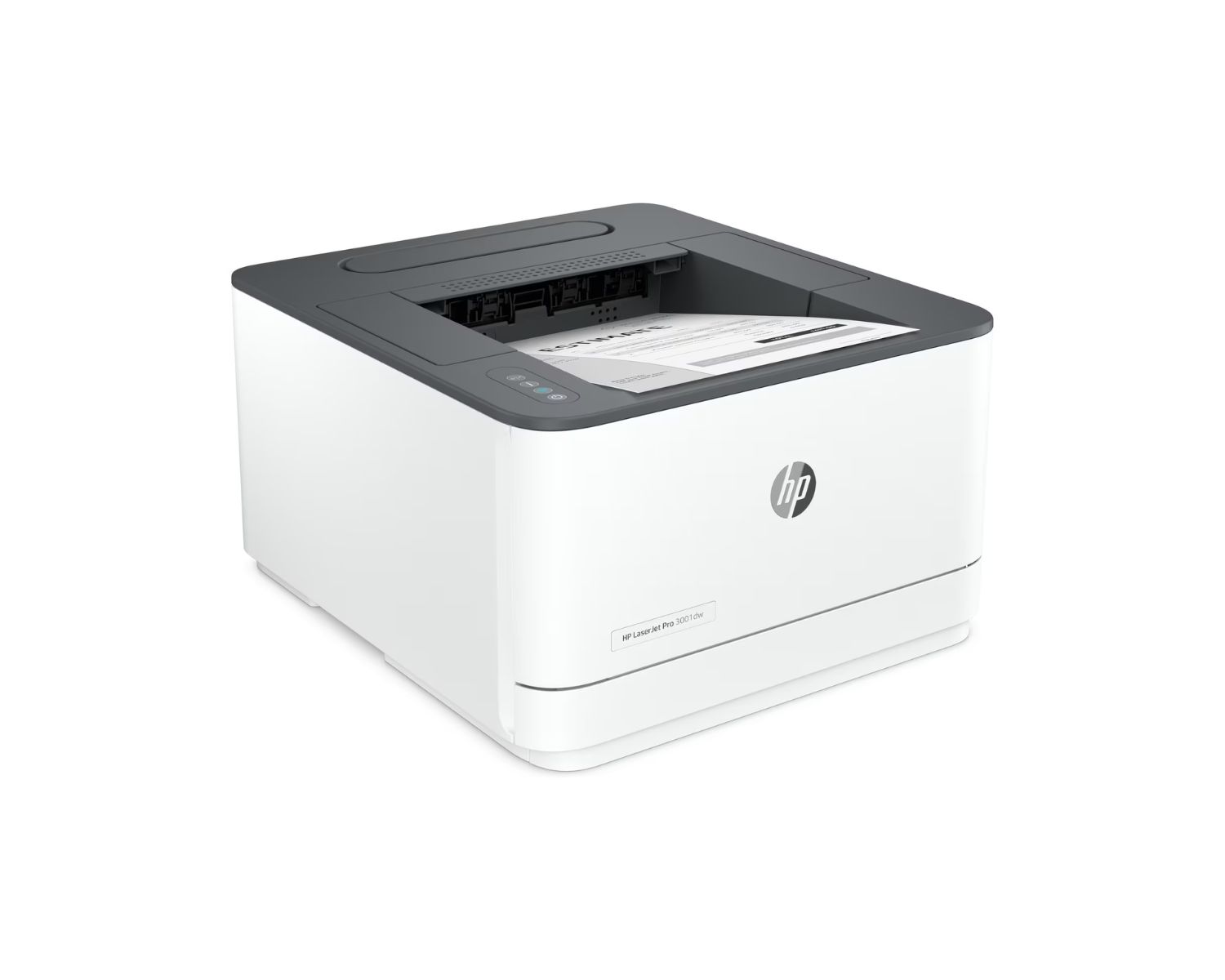
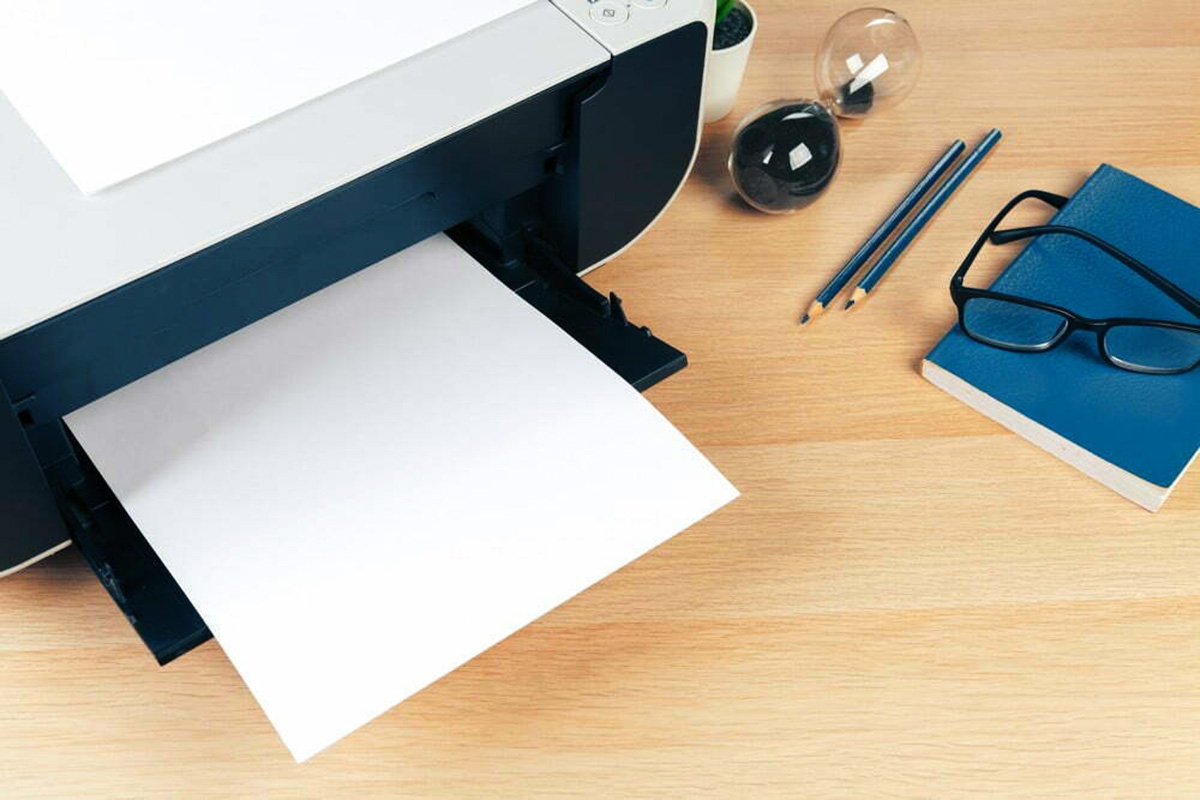
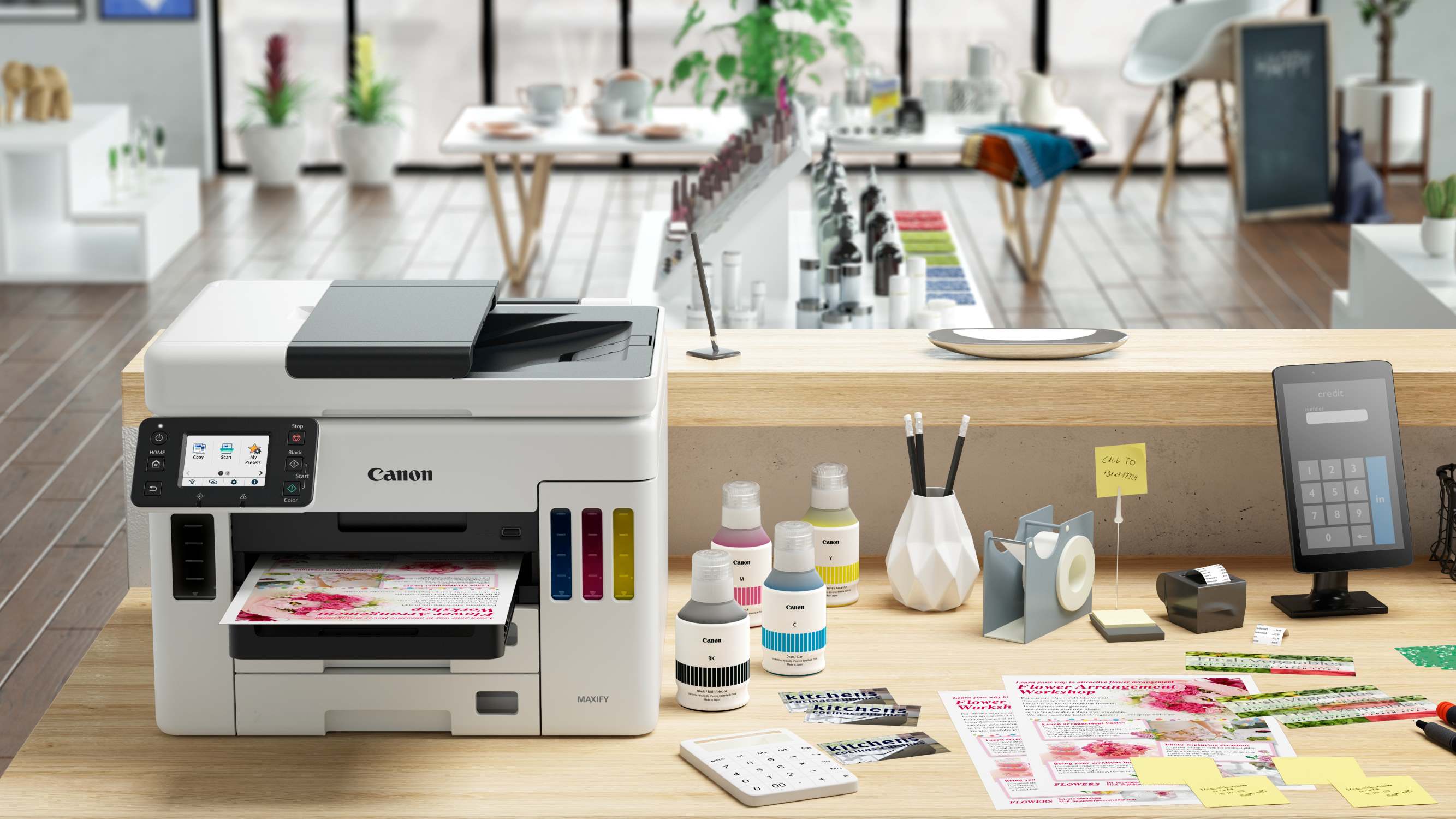


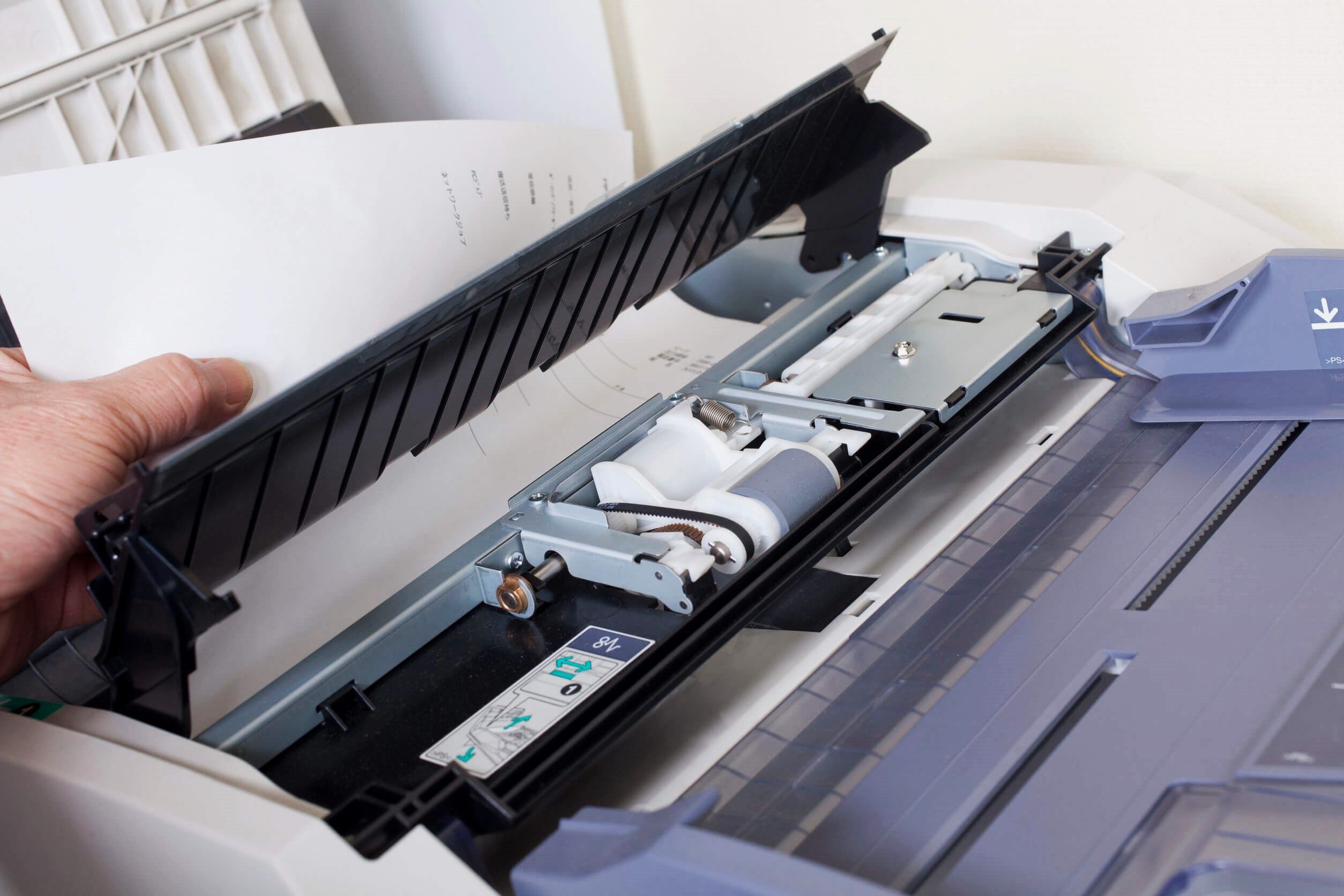


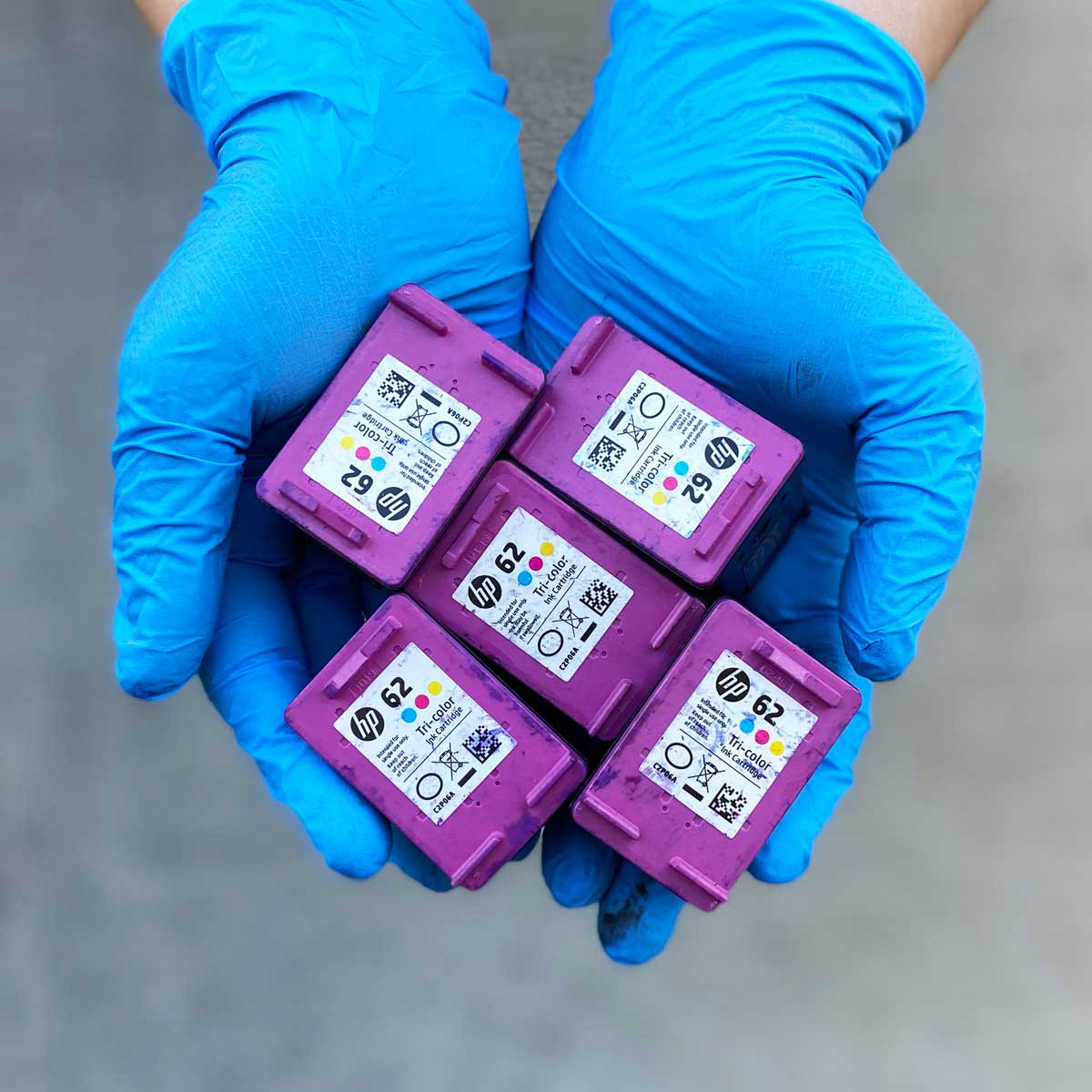

0 thoughts on “What Type Of Ink Does My Printer Use”